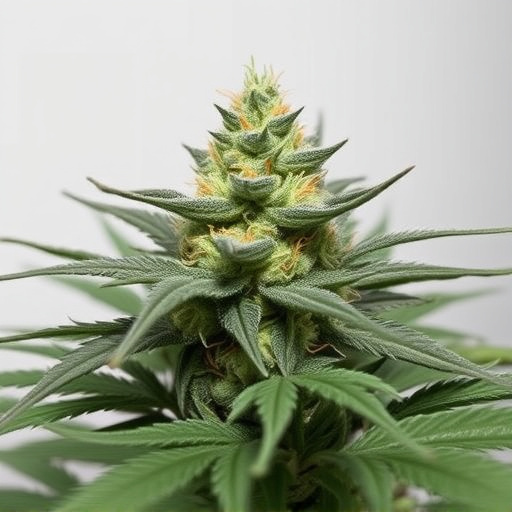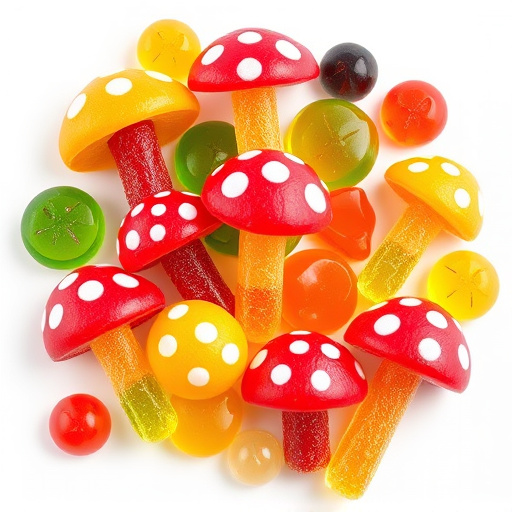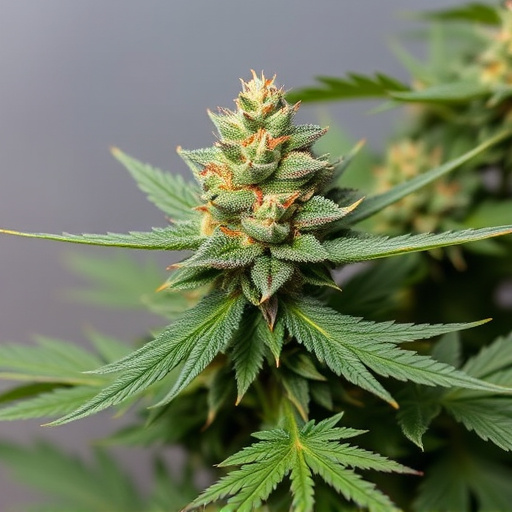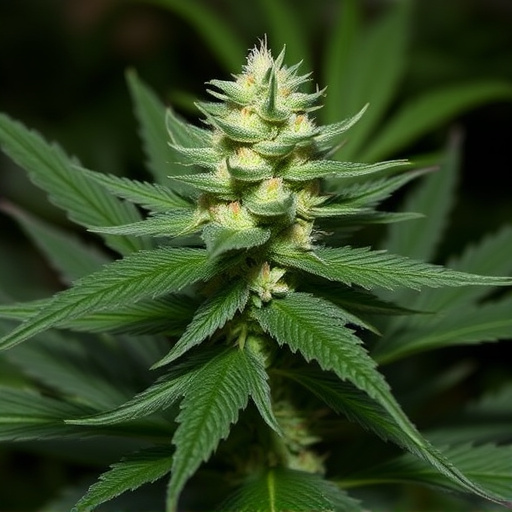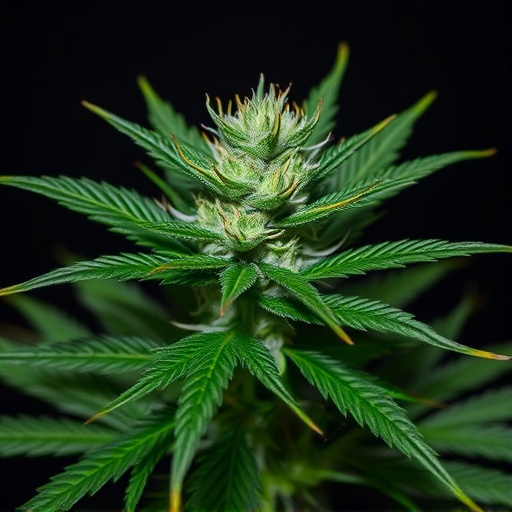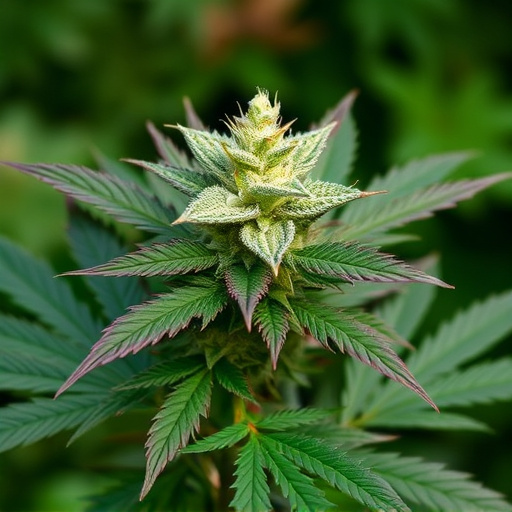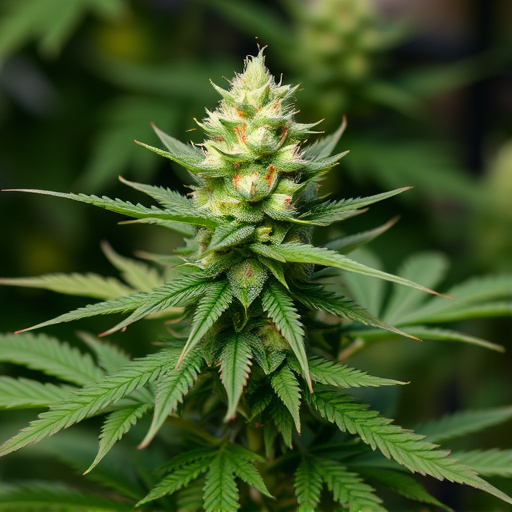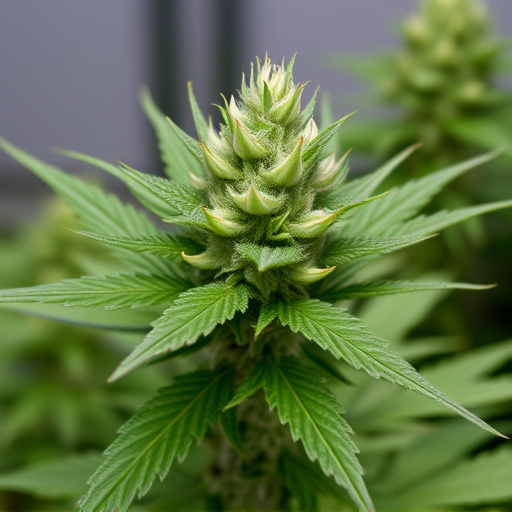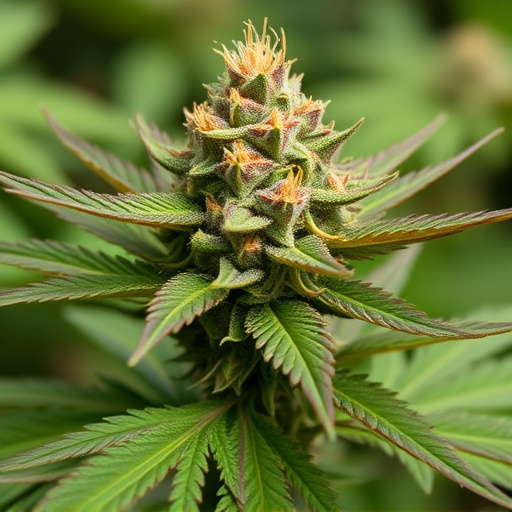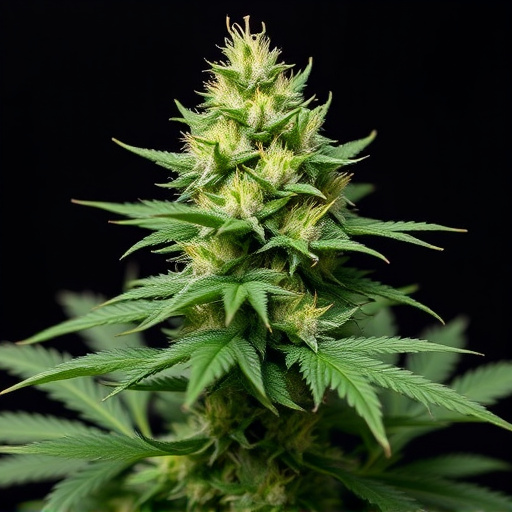The choice between indoor and outdoor cannabis cultivation methods significantly affects product quality, characteristics, and consumer preferences. Indoor growing offers precise control, year-round production, and consistent high-quality flowers through advanced technology, catering to those seeking the best strains of medical cannabis with specific therapeutic properties. Outdoor growing relies on natural elements, providing diverse terpene profiles, robust growth, earthy flavors, and unique environmental adaptations, appealing to consumers who prefer complex aromas and effects. Both methods offer distinct advantages based on consumer needs and cannabinoid preferences.
Discover the captivating contrast between indoor and outdoor-grown cannabis flowers. This article explores the nuances shaped by growing environments, from the vibrant outdoors to controlled interiors. We delve into how conditions impact plant development and cannabinoid profiles, highlighting unique strain specificities.
Learn about the best medical cannabis strains tailored for each setting, their distinct terpene and cannabinoid compositions, and how these contribute to varied effects. Moreover, understand quality control differences and practical tips for patients to select the optimal strains aligned with individual needs.
- Growing Conditions and Environmental Factors
- – Outdoor vs. indoor growing environments
- – Impact on plant growth and cannabinoid profiles
Growing Conditions and Environmental Factors
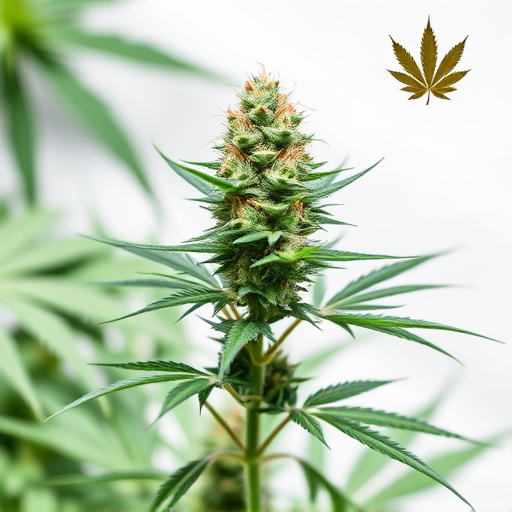
The environment in which cannabis plants are grown plays a significant role in shaping their final characteristics, including the quality and potency of the flowers. When it comes to indoor versus outdoor cultivation, each method presents distinct advantages and considerations.
Indoor growing offers precise control over environmental factors such as temperature, humidity, light intensity, and duration. This allows cultivators to optimize conditions for specific best strains of medical cannabis, ensuring consistent quality and yield. Advanced lighting systems, climate control, and nutrient delivery enable year-round cultivation, providing a steady supply of high-grade product. In contrast, outdoor growing relies on natural sunlight, ambient temperature, and local ecosystems. While this method may produce more diverse terpene profiles due to varying environmental stimuli, it is subject to unpredictable conditions like weather changes, pests, and diseases. Outdoor cannabis flowers often develop unique adaptations and flavors influenced by their surroundings, making them appealing to those seeking specific sensory experiences.
– Outdoor vs. indoor growing environments
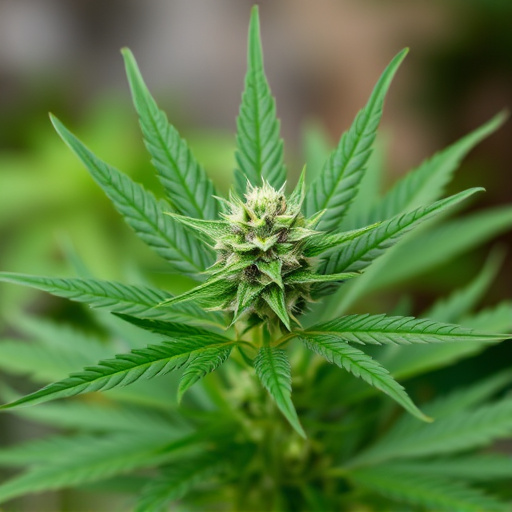
Outdoor cannabis cultivation offers a distinct experience compared to indoor growing, resulting in unique characteristics within the plant itself. In natural settings, plants receive unfiltered sunlight, allowing for more robust and vigorous growth. This environment encourages cannabis flowers to develop broader leaves and denser calyxes, creating a visually striking appearance. Outdoor-grown cannabis often exhibits a more earthy and natural flavor profile, as the plants have time to mature fully under the sun’s influence.
In contrast, indoor cultivation provides controlled conditions that cater to specific plant needs. Growers can manipulate light cycles, temperature, and humidity levels, enabling them to optimize growth and produce flowers with distinct traits. Indoor-grown cannabis may showcase a wider range of colors, from deep purples to bright greens, and often has a more concentrated flavor and aroma profile, making it popular among those seeking the best strains of medical cannabis for their therapeutic properties.
– Impact on plant growth and cannabinoid profiles
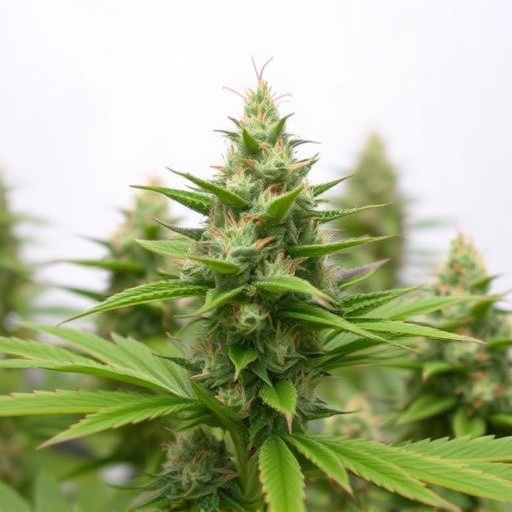
The environment in which cannabis plants are grown plays a pivotal role in shaping their final characteristics, including plant growth and cannabinoid profiles. Indoor cultivation offers controlled conditions, allowing growers to optimize light, temperature, humidity, and nutrition. This control enables the production of robust, high-quality plants with consistent yields. However, outdoor cannabis flowers benefit from natural sunlight, fresh air, and varying environmental stimuli, often resulting in a wider range of cannabinoid profiles. Some of the best strains of medical cannabis are cultivated outdoors due to these factors, as they can produce higher levels of specific cannabinoids like THC and CBD that offer therapeutic benefits.
The contrast is particularly evident in terms of aroma, flavor, and effects. Outdoor-grown cannabis may exhibit more complex earthy, herbal, or fruity notes, while indoor cultivation often leads to a more uniform and controlled sensory experience. In terms of best strains for medical use, outdoor plants can provide a more diverse range of options catering to specific patient needs. For instance, strains with higher CBD content are often sought after for their potential anti-inflammatory and anxiolytic properties, and outdoor conditions naturally favor such cannabinoid development.
When it comes to cultivating the best strains of medical cannabis, understanding the difference between indoor and outdoor flower is key. Each environment offers unique advantages and influences plant growth and cannabinoid profiles distinctively. By considering factors like sunlight exposure, temperature control, and humidity levels, growers can optimize conditions for specific strain characteristics. Whether prioritizing potent THC levels or diverse terpene profiles, whether growing outdoors in natural settings or indoors with meticulous control, the right environment plays a crucial role in producing top-quality cannabis that meets individual patient needs.
